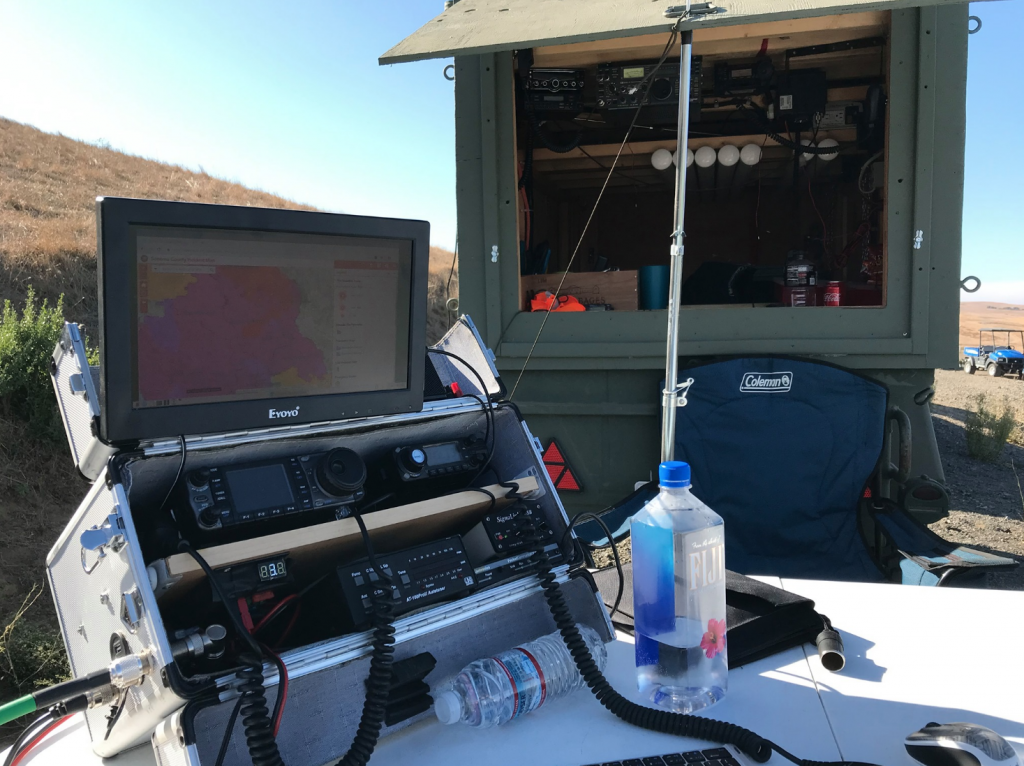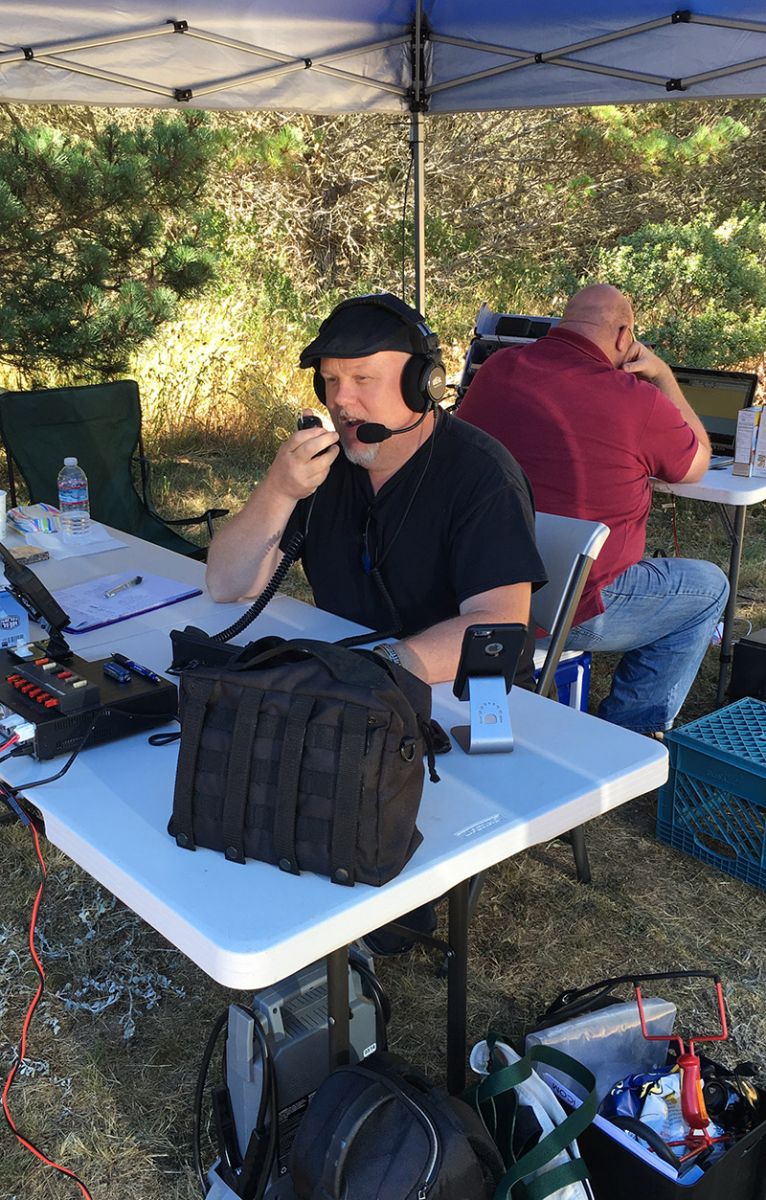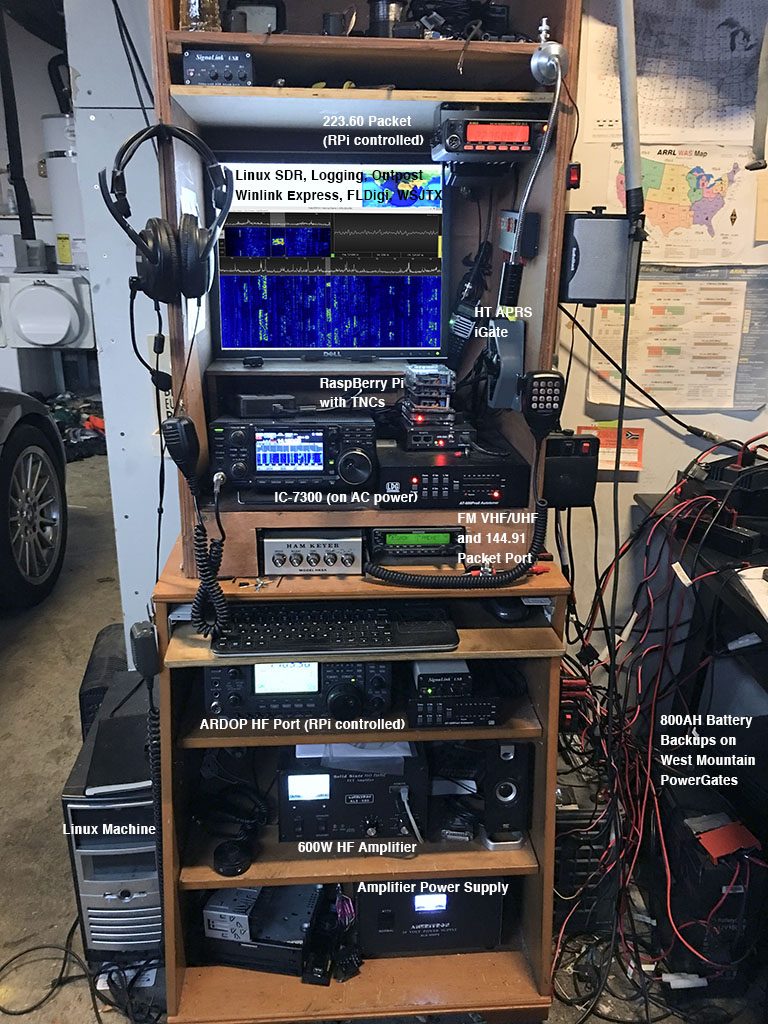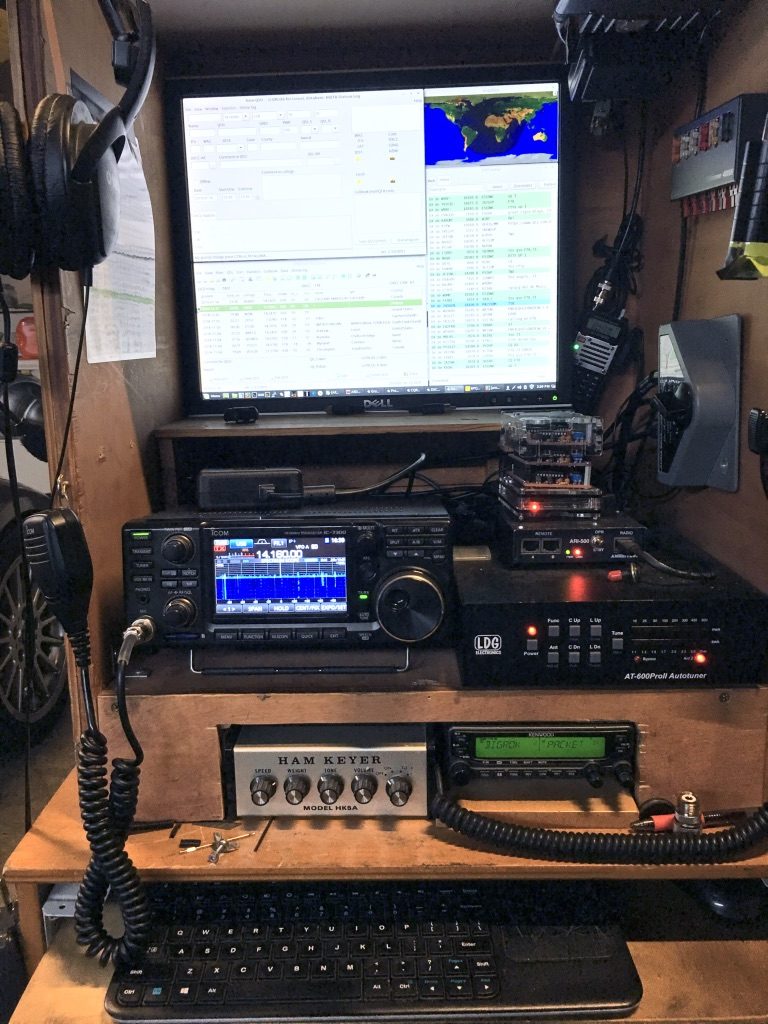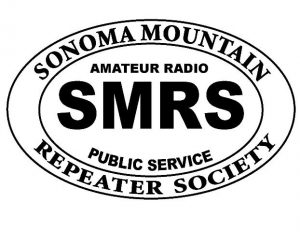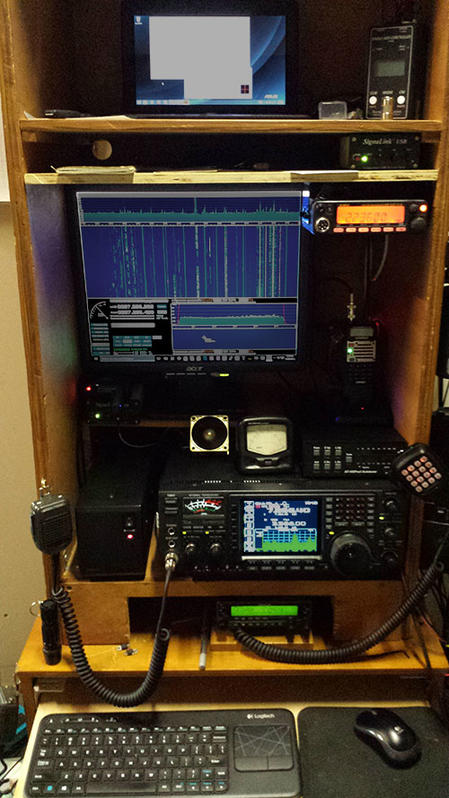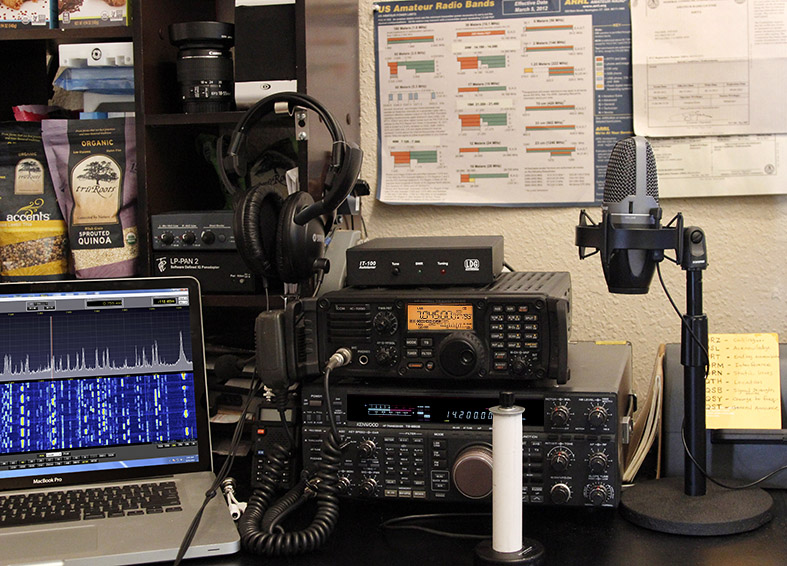Now that we are nearly Empty Nesters, it really didn’t make sense to stay in a place where my kids couldn’t afford to work and live. So we are closer to the in-laws (Redding, CA) and one of the cities my son may end up (Medford, OR). In fact we’re right in between – and in one of the most beautiful places in California!
The station is now at 3,700 feet and looks down into the Central Valley and up into Yreka, CA. Eventually I hope to extend the 223.6 packet backbone to Medford and Grants Pass… more on that later.




